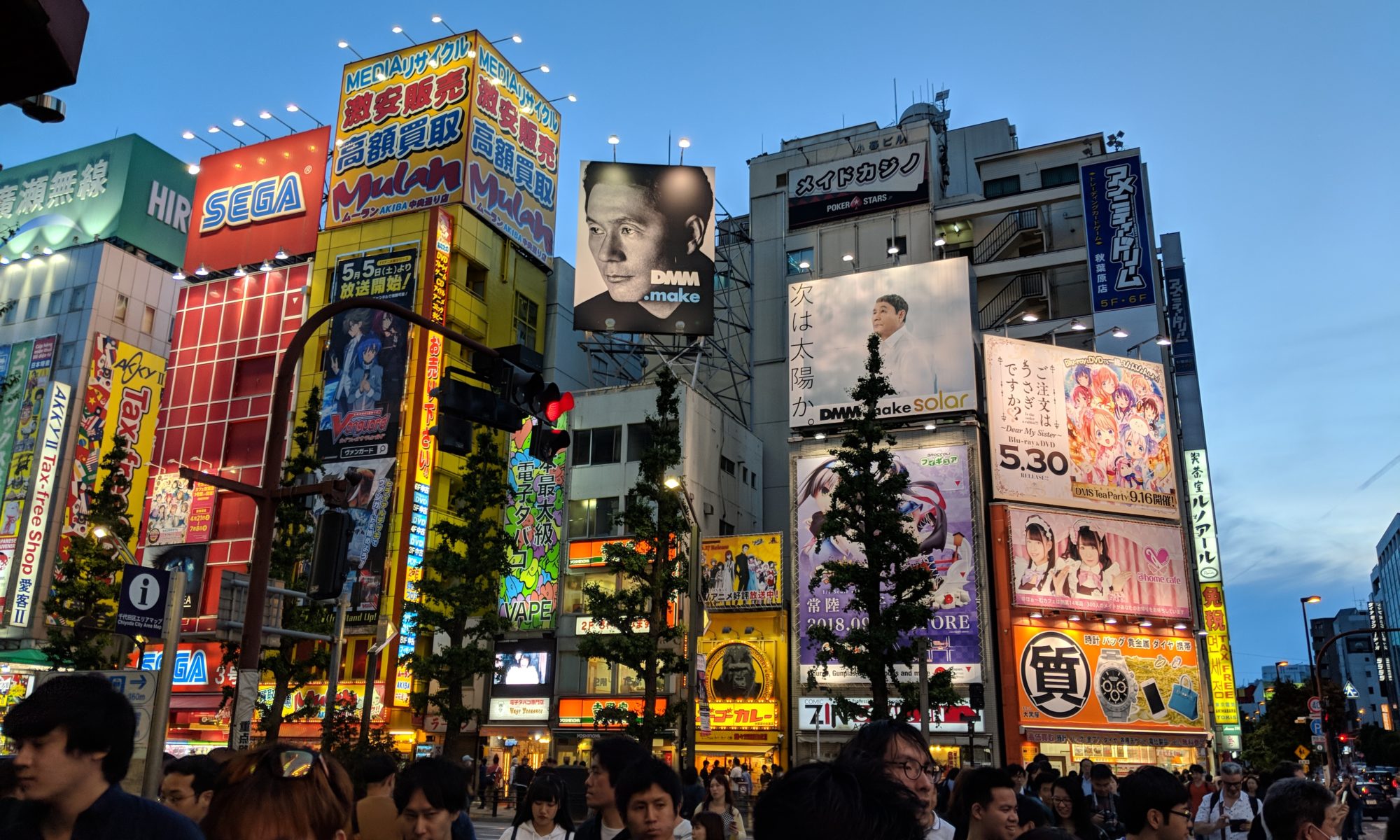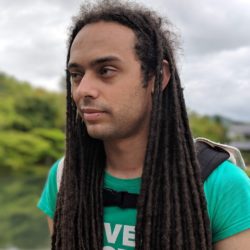A few days ago I got to attend another VRTGO Labs event, VRy Merry Christmas. Hosted by Carri Cunliffe from Secret Sauce, this free event was a chance for the clusters associates to meet up and look at the future events and activities coming up in 2017, as well as hear from a guest speaker while wearing their best Christmas jumper and enjoying mulled wine and mince pies.
Carri started the afternoon by discussing some of the key events they were planning for the new year. Each month they are looking to host an event would focus on a particular sector or industry, including:
- January – VR in Education and Training
- February – VR in Architectural Visualisat@vrtgolabsion and Design
- March – VR Developer Conference; plus, VR Film and Audio at Tyneside Cinema
- May – VR and Games
- June – VR in Manufacturing (e.g. Automotive, Process Industry)
She went on to explain how VRTGO Labs will also be developing their online presence and network connections, through having their own FaceBook page (separate to VRTGO, the conference) and reaching out to other virtual, augmented and mixed reality networks (e.g. Immerse UK, Digital Catapult) to share data, knowledge and funding opportunities; to further bolster the strength of the UK developer community.
I am particularly interested in the January and May events, after developing a service around VR in Education while developing my own VR game.
Next up was the guest speaker and Developer Evangelist, Mike Taulty. Mike works in the developer group at Microsoft UK where he has spent the past decade helping developers to understand and get the best from the Microsoft platform.
His presentation, Developing with HoloLens: The Path to Mixed Reality, was an interesting but brief exploration of Microsoft’s exciting hybrid reality product, that lets users see and interact with ‘holograms‘ in their environment. Though, as mentioned on his blog, Mike is not privy to any other information on the Hololens than what is available to the public. However, his knowledge and insights proved quite informative and useful to a less experienced developer like myself, all the same.
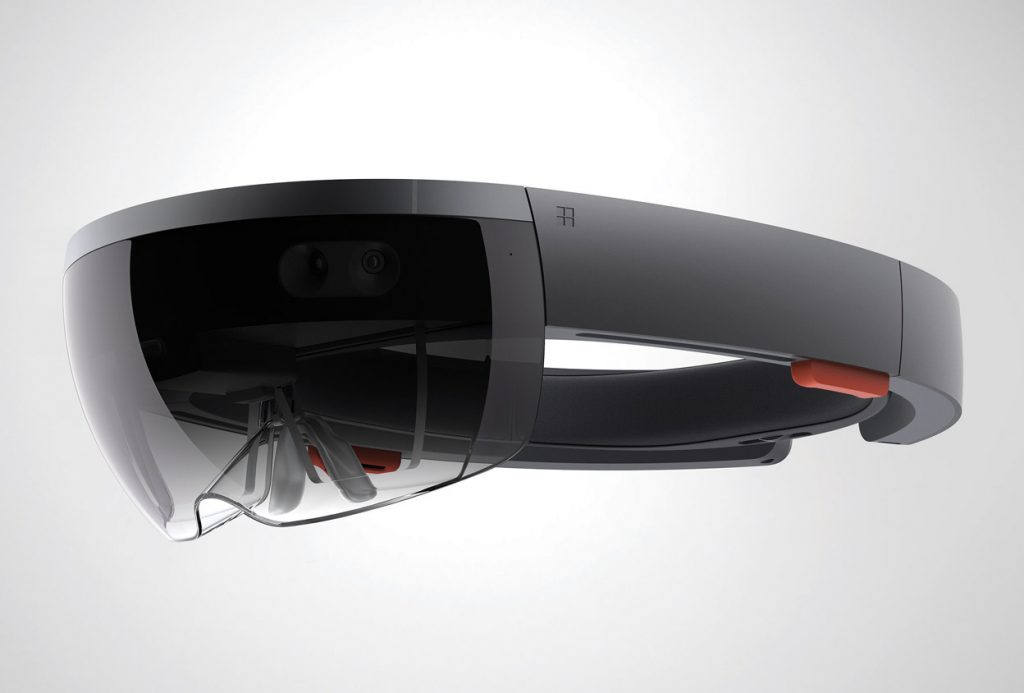
Mike gave us a rundown of the tech being used, dispelling any misconceptions we had about the device. He explained that the device is a portable PC, with an array of advanced sensors that record depth, light, inertia (6DoF) and a video feed. All of this information is handled by a holographic processing unit (HPU), which is a performant, low latency x86 device. The processed information is rapidly combined in real-time, to be available to the universal windows apps that run on the devices Windows 10 platform.
Included in the package are a pair of spatial sound speakers, located above the ears, as well as wi-fi and a battery which gives around 3 hours of usage. Most impressively the unit uses custom-built transparent holographic lenses, which use waveguides to project the image into your eyes. Mike stressed that the lenses themselves are often mistaken as a form of LCD, which isn’t true. This aspect of the display can be confusing, so if you’re interested I suggest reading the article by James Ashley, over on his blog, The Imaginative Universal.
What does all this mean for developers? It means you can do some pretty cool things that you can’t on VR headsets.
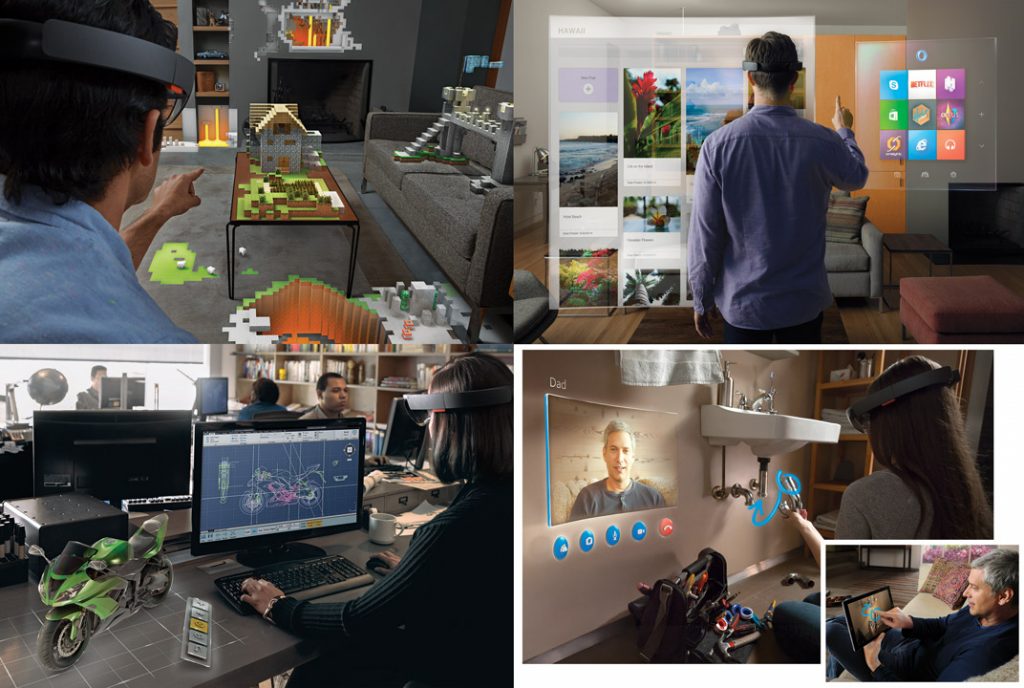
The headset utilises inside-out tracking and the use of transparent lenses mean users vision is not completely occluded. So, for example, you could develop a 2D projection of your app and then let the user control it with voice commands, gesture controls or even their gaze. Alternatively, you could build a holographic app that harnesses the full power of the sensor array. 3D avatars can walk around the room and sit on your living room couch. All this because the software can use the real-time information from the sensors to recognise obstacles and boundaries or flat surfaces of a certain height.
Developers can use this environment scanning ability to map a room and then share it with their colleagues. They could then take this data into Unity or the Hololens emulator and start programming an app using C#, C++, DirectX or VB.net. Mike confirmed that the device is constantly scanning, updating its model of the environment to get an up-to-date representation. However, at this point, the system cannot recognise people or animals specifically.
Earlier in the day of our event (8th December) Microsoft also held their annual WinHEC keynote, where they announced that Windows holographic would extend to other devices, beyond the HoloLens. This means that Windows holographic devices would be available in many different form-factors at multiple price points, all with inside-out tracking capabilities. I definitely feel like an interesting future for mixed reality lies ahead.
For the final talk of the day, we had Marissa Brindley, Technology Sector Specialist from Gateshead Council. She was there to discuss the Northern Centre for Emerging Tech. A working title for a new development which will comprise of office accommodation, a research and development testing facility and access to specialist emerging technologies equipment.
The centre is going to combine the existing Open University building located in the Baltic Business Quarter, with a new construction in the parking lot that would act as a research and development facility.
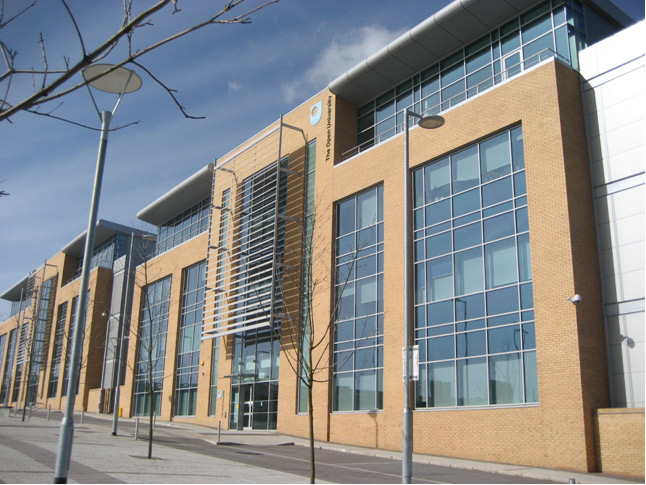
Renovation of the existing structure will allow businesses to access the office, startup and move-on spaces from September 2017. Open access to the RnD building with its specialist equipment and modular is planned to be completed by the end of 2017. Eight million pound of European Regional Development Funding, as well as private investor funding, has been secured in order to allow the council to build and support the centre for the next fifteen years.
Marissa, along with an as of yet unappointed Business Engagement Officer, would be working with the cluster to develop and maintain strategic relationships with businesses in the region. She was also able to show us some of the development plans for the building and was looking for input on the types of equipment and facilities companies would need to help them succeed.
The event was smaller than other VRTGO events I had attended, but I felt it was relevant to my future in building an emerging technology business in the area. I liked the mix of news, technical talk and business, which kept my interest and introduced a lot of new opportunities that I can explore going forward.
